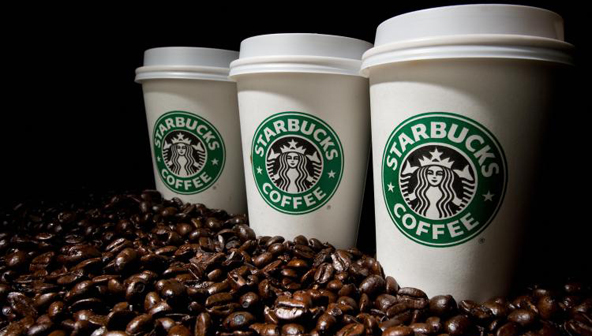Great Tips from Starbucks in These Difficult Times
28 November 2011

While a lot of companies are suffering major setbacks financially, Starbucks remains stable. In fact, it continues to invite investors into the mold and has just experienced a boost in its dividends last week, climbing up to 17 cents from 13 cents.
We do know many people crave for their specialty drinks, those Frappuccino and lattes. However, what really drives Starbucks to ultimate success during recession times is their innovative, methodical, and sometimes bold decisions and strategies:
Reduce the pomp and pageantry.
Is your company spending tons of dollars just for your annual or quarterly meeting? Then it’s time to take heed to Starbucks’ technique.
In 2009, Starbucks was badly hit. Their shares dramatically fell to almost 40 percent, and their price in NASDAQ was close to that of a coffee bean pound. So in an effort to save on costs, during their annual meeting in Seattle on the same year, they got rid of celebrity performances and focused on the core: assessing their anti-recession strategies.
Go lean.
The lean method is one of the best ways to ensure you remain afloat after truly difficult times. During the 2008 recession, Starbucks was one of the many companies forced to let go of their employees and stores, closing 900 of them.
Besides that, however, they turned their attention on their own methodologies. They reduced the time spent by their baristas in preparing coffee, carefully selected the best suppliers on their list, and negotiated rental fees with building and lot owners.
Don’t forget your own brand.
Starbucks still remains one of the most sought-after and franchised brands in the world, but it’s also facing huge threats from McDonald’s and Dunkin’ Donuts that are serving cheaper brewed coffees.
Instead of going on the same route, though, they decided to stand out and re-emphasize their brand as a specialty coffee shop. For example, they opened stores that remind customers of the first Starbucks, with wooden furniture made from recycled materials. They want customers to feel as if they’re really inside a coffeehouse.
Go beyond traditional marketing methods.
Starbucks has its own Facebook and Twitter accounts (they were one of the first international enterprises to promote on Twitter, with ads appearing in between conversations or user searches). Its website invokes a homey feel. It has also taken spots in newspapers and magazines.
Yet Starbucks didn’t stop with them. They think outside the box. In 2009, iced coffees in grande were sold at a much lower price and paired with other drinks and sandwiches. This way, customers could also try their non-moving products.
Recently, they joined the Create Jobs for USA Campaign, selling well-designed Indivisible bracelets at $5 all over their branches. By purchasing, customers contribute to Opportunity Finance Network, which provides micro-loans to small business owners.
They also partnered with other application developers and companies. In the coming holidays in China, 20,000 Starbucks patrons can enjoy a free upgrade on cup size as long as they check in on or before December 17 using Jiepang, China’s own Foursquare.
Recession and any type of economic crisis often forces business owners, especially small ones, to reduce their advertising budget, if not stop their marketing campaigns all together. But that isn’t the best solution. In fact, it’s one of the best times to market so you can keep your enterprise afloat.
You just have to be practical with your approaches, seek out the best partners (those that can help you reach your objectives), and stand out by reinforcing your brand, the one thing that makes you worth it against your competitors.
Check out our CAREER section to find the right job for you!





